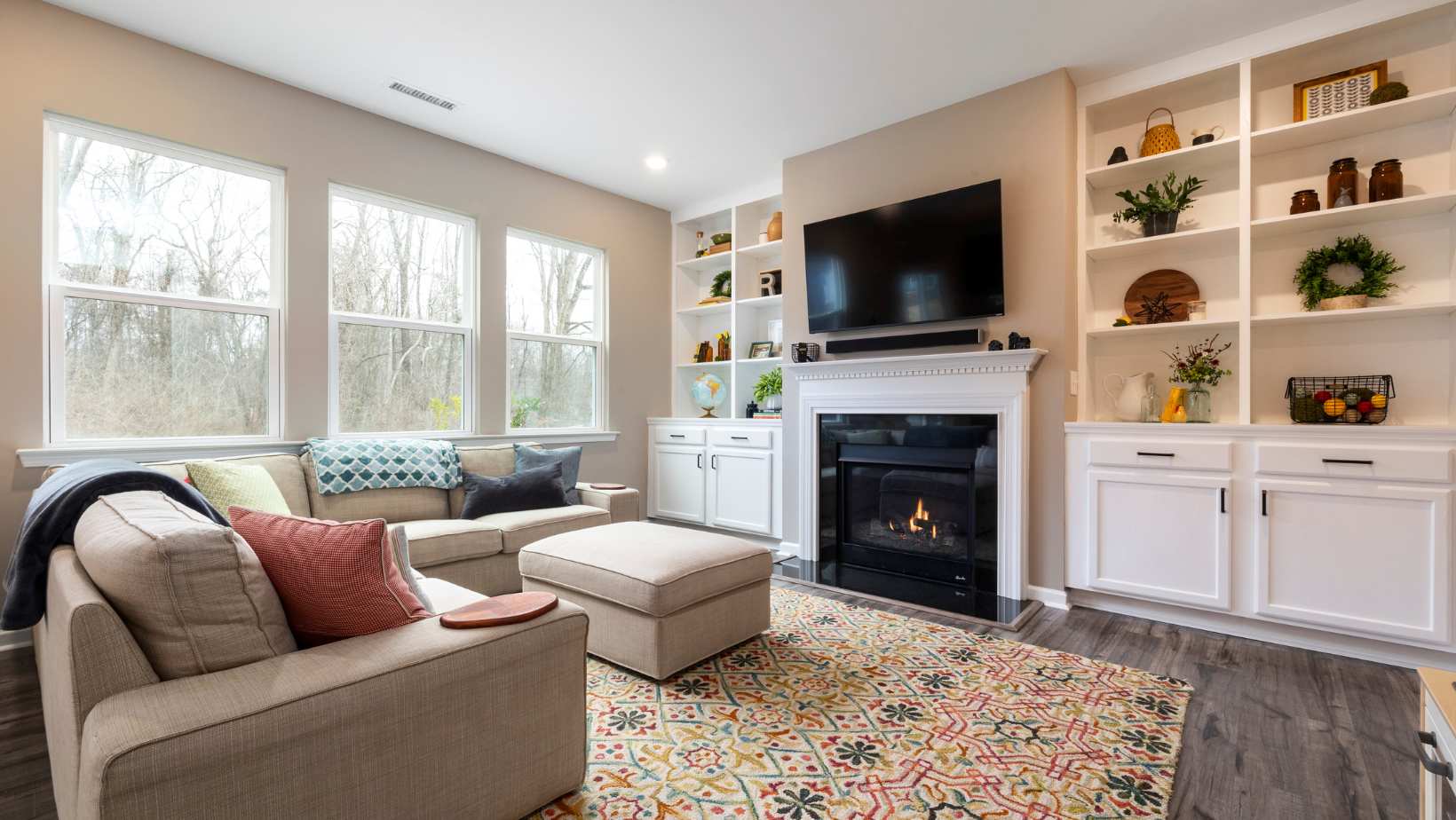
In a world increasingly focused on sustainability and environmental responsibility, many of us are eager to make changes in our homes to reduce our carbon footprint. However, the thought of embarking on lengthy, expensive home renovations can be daunting.
The good news is that you don’t need a major overhaul to make your home more eco-friendly. There are plenty of practical, budget-friendly ways to give your living space an eco-conscious update in a relatively short timeframe. In this article, we’ll explore key strategies to make your home greener without a massive time or financial commitment.
Install Ceiling Fans For Efficient Cooling
Let’s start with a practical change that can significantly reduce your energy consumption and lower your carbon footprint – installing ceiling fans. Ceiling fans are an energy-efficient way to cool your home, allowing you to set your thermostat a few degrees higher during the summer or not bother putting air conditioning on at all for much of the year.
When your air conditioning system runs less frequently throughout the year, thanks to fans, you conserve energy and reduce your electricity bill. When choosing a ceiling fan, opt for one with an ENERGY STAR rating. These fans are designed to meet strict energy efficiency guidelines and can save you even more on energy costs. Remember that there are elegant fans to suit every taste and design style, such as a sophisticated Hunter Fan black ceiling fan for those with a modern interior vibe or wood-look products for more country aesthetics.
Use LED Lighting Throughout Your Home
Swapping out traditional incandescent light bulbs for LED bulbs is a quick and straightforward way to make your home more eco-friendly. LEDs use significantly less energy, last longer, and produce less heat than the older style. Plus, they’re available in various color temperatures to suit your preferences, whether you prefer warm or cool lighting.
Start by replacing the bulbs in your most-used fixtures, such as the living room and kitchen. Over time, you can gradually upgrade all the bulbs in your home to LEDs.
Seal Cracks And Gaps
Drafty homes not only waste energy but also make your heating and cooling systems work harder to maintain a comfortable temperature. Take a short weekend to identify and seal any cracks or gaps in your home’s exterior, windows, and doors.

Use weatherstripping, caulk, or foam insulation to prevent air leaks. Properly sealing your home can lead to substantial energy savings, reducing both your heating and cooling bills while decreasing your carbon footprint.
Switch to Low-Flow Fixtures
If you’re looking for a sustainable update in your bathroom and kitchen, consider switching to low-flow fixtures. Low-flow faucets, showerheads, and toilets are designed to conserve water without sacrificing performance. These fixtures reduce water usage, which not only saves money on your water bill but also conserves this precious resource. The installation is typically straightforward, making it an excellent eco-friendly upgrade for your home.
Opt For Energy-Efficient Appliances
While upgrading all your appliances may not be a short-term project, you can make eco-friendly choices whenever it’s time to replace them. Look for appliances with ENERGY STAR certification, as they meet rigorous energy efficiency standards set by the U.S. Environmental Protection Agency. Opt for energy-efficient refrigerators, washing machines, dishwashers, and other appliances to reduce energy and water consumption over the long term. Each new appliance contributes to a greener home.
Recycling And Composting Stations
Make recycling and composting part of your daily routine by setting up dedicated stations in your kitchen. Recycling reduces the amount of waste sent to landfills, conserves resources, and helps protect the environment. Composting kitchen scraps, such as fruit and vegetable peels, coffee grounds, and eggshells, can enrich your garden soil while diverting organic matter from landfills.

Label containers for recycling, composting, and trash to encourage family members to participate. With these stations in place, eco-friendly living becomes second nature.
Use Eco-Friendly Cleaning Products
Traditional cleaning products often contain harmful chemicals that can be detrimental to the environment and your health. Instead, transition to eco-friendly cleaning products, which are formulated to be biodegradable and less toxic. Look for products with third-party certifications, such as the EPA’s Safer Choice label.
You can also make your own cleaning solutions using common household items like vinegar, baking soda, and lemon juice. These DIY solutions are cost-effective, safe, and eco-friendly.
Transforming your home into an eco-friendly haven doesn’t require a massive investment of time or money. You can significantly reduce your environmental impact by taking small steps while enjoying the benefits of a greener, more energy-efficient home.





